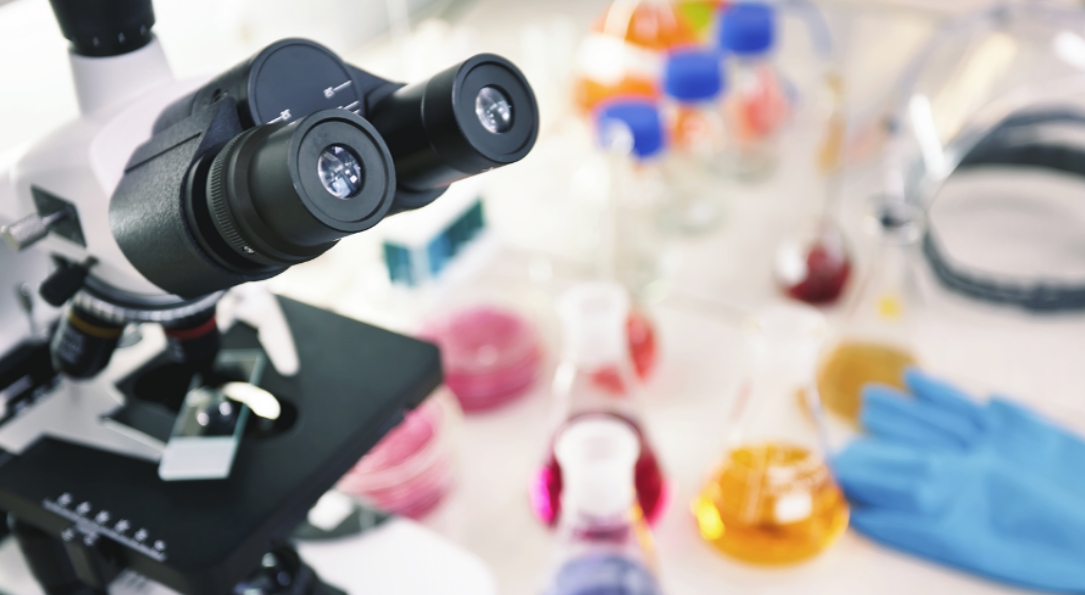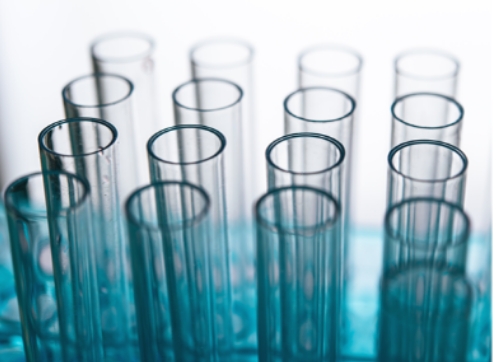As of September 26, 2019, EMA’s Human Medicines Committee (CHMP) requested as a matter of precaution that Marketing Authorization Holders (MAH) for human medicines containing chemically synthesized active substances (API) review their medicines for the possible presence of nitrosamines.
The risk assessment of the medicinal products containing chemically synthesized API, including the risk analysis of API synthesis itself, must be completed by March 26, 2020. The next step is confirmatory testing of APIs where the risk of nitrosamines contamination has been identified. For APIs with confirmed presence of nitrosamines, changes to the manufacturing processes for active substances should be applied and submitted within three years.
Following the actions requested by EMA and local authorities to review nitrosamines impurities, Polpharma API BU took the challenge to overcome nitrosamines contamination in Polpharma APIs. Investigation of nitrosamines sources in the API indicates the critical parameters for optimization to ensure the highest quality of the active substance as the essential goal of Polpharma.

Nitrosamines may be formed under various conditions, most commonly, when secondary amines react with nitrosating agents as nitrites, even in API manufacturing. These are among others: N-Nitrosodimethylamine (NDMA), N-Nitrosodiethylamine (NDEA), N-Nitrosodiisopropylamine (NDIPA) and N-Nitroso-N-methyl-4-aminobutyric acid (NMBA) and are classified as probable human carcinogens based on animal studies. Another source of nitrosamines in the final API may be contaminated raw and starting materials, intermediates and reagents supplied by vendors and cross-contaminations due to different processes run on multipurpose installation.
Our approach to the risk assessment was to identify the factors that entail the risk of nitrosamines contamination of the active substance along with the evaluation of all materials used and their interaction. The only way to detect nitrosamine precursors and the source of nitrosylation, that can lead to the formation of nitrosamines in the product, is detailed analysis of manufacturing process. Polpharma API BU team consisting of Analytics, Technologists and Regulatory Affairs Specialists performed Risk Evaluation of more than 50 APIs within three months, much before the timelines given by EMA.
Now it is time to take the next step – confirmatory testing. It means that where medium or high risk of nitrosamines presence was identified upon Risk Evaluation, these results will be confirmed using in-house developed and validated analytical methods and reported to the relevant MAHs. Confirmatory testing will be carried out in accordance with the prioritization deriving from the risk evaluation conducted in step one. To ensure the safe use of medicines, the required limit of nitrosamines content is determined depending on the therapeutic daily dose of the drug product, the time of the therapy and the permitted daily dose of nitrosamines, at which the risk of cancer is reduced to minimum. This limit therefore varies depending on the drug product. The lower the therapeutic dose of the drug product, the higher the limit. And conversely, the higher the therapeutic dose of the drug product, the lower the limit.

To ensure the safe use of medicines, the required limit of nitrosamines content is determined depending on the therapeutic daily dose of the drug product, the time of the therapy and the permitted daily dose of nitrosamines, at which the risk of cancer is reduced to minimum. This limit therefore varies depending on the drug product. The lower the therapeutic dose of the drug product, the higher the limit. And conversely, the higher the therapeutic dose of the drug product, the lower the limit.
In order to meet the challenges related to the analysis of nitrosamines, Polpharma API BU purchased world’s best GC-MS/MS chromatographs with Headspace autosamplers and UPLC-MS/MS chromatographs. According to EMA recommendations regarding sartans limits, the lowest limit is as low as 0.03 ppm (parts-per-million). Polpharma’s experienced team of Analysts is able to develop analytical methods for analysis at such low level using very sensitive chromatography apparatus. This equipment enabled us to achieve detection limit as low as 0.001 ppm. Each method is validated to ensure that the results obtained are reliable and reproducible
Going forward we are pleased to announce that we have now entered the second step of conducting confirmatory tests of API identified to be at risk of presence of nitrosamines.